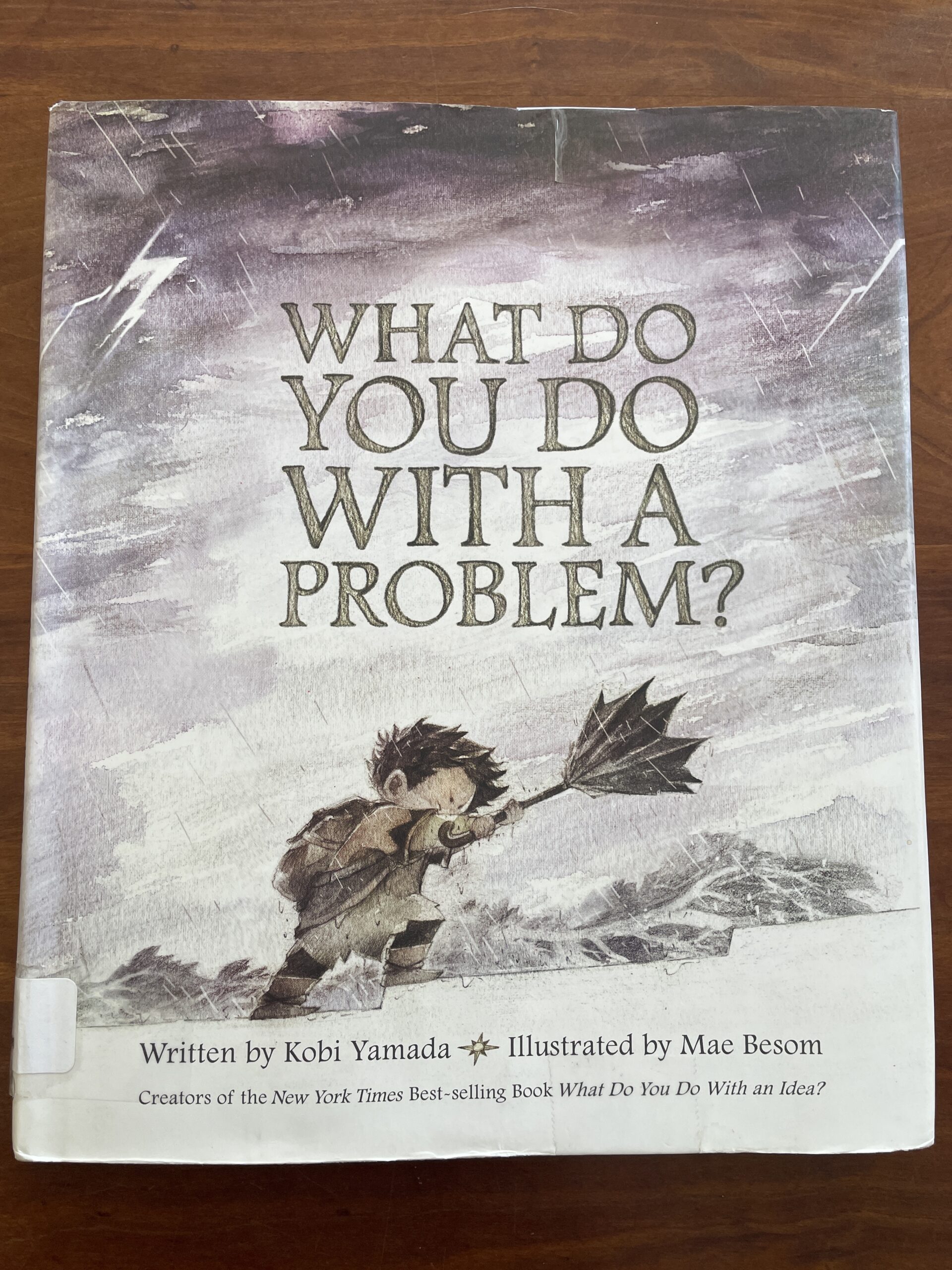I don’t know how it happened, but one day I had a problem. I didn’t want it. I didn’t ask for it. I really didn’t like having a problem, but it was there.
“Why is it here? What does it want? What do you do with a problem?” I thought.
I wanted to make it go away. I shooed it. I scowled at it. I tried ignoring it. But nothing worked.
I started to worry about my problem. What if it swallows me up?
What if my problem sneaks up and gets me?
What if it takes away all of my things?
I worried a lot. I worried about what WOULD happen. I worried about what COULD happen. I worried about this and I worried about that.
And the more I worried, the bigger my problem became.
I wished it would just disappear. I tried everything I could to hide from it. I even found ways to disguise myself. But it still found me.
And the more I avoided my problem, the more I saw it everywhere. I thought about it all the time. I didn’t feel good at all.
I couldn’t take it anymore. “This has to stop!” I declared. Maybe I was making my problem bigger and scarier than it actually was. After all, my problem hadn’t really swallowed me up or attacked me.
I realized that I had to face it.
So even though I didn’t want to, even though I was really afraid, I got ready and I tackled my problem!
When I got face-to-face with it, I discovered something. My problem wasn’t what I thought it was. I discovered it had something beautiful inside.
My problem held an opportunity! It was an opportunity for me to learn and to grow. To be brave. To do something.
It showed me that it was important to look closely because some opportunities only come once.
So now I see problems differently. I’m not afraid of them anymore, because I know their secret…
Every problem has an opportunity for something good. You just have to look for it.
Comprehension Questions
1. How does the child handle the problem in the beginning of the book?
A. The child asks friends, family, and teachers for their ideas on how to solve it.
B. The child searches the internet for answers to the problem.
C. The child tries to push the problem away and ignore it. After that doesn't work, the child worries and thinks about the problem endlessly.
A. The child feels frustrated because the problem doesn't go away.
B. The child is angry because the solution was not found.
C. The child feels confident that facing problems can bring unexpected opportunities for growth.
Your Thoughts
Vocabulary
4. List any vocabulary words below.

